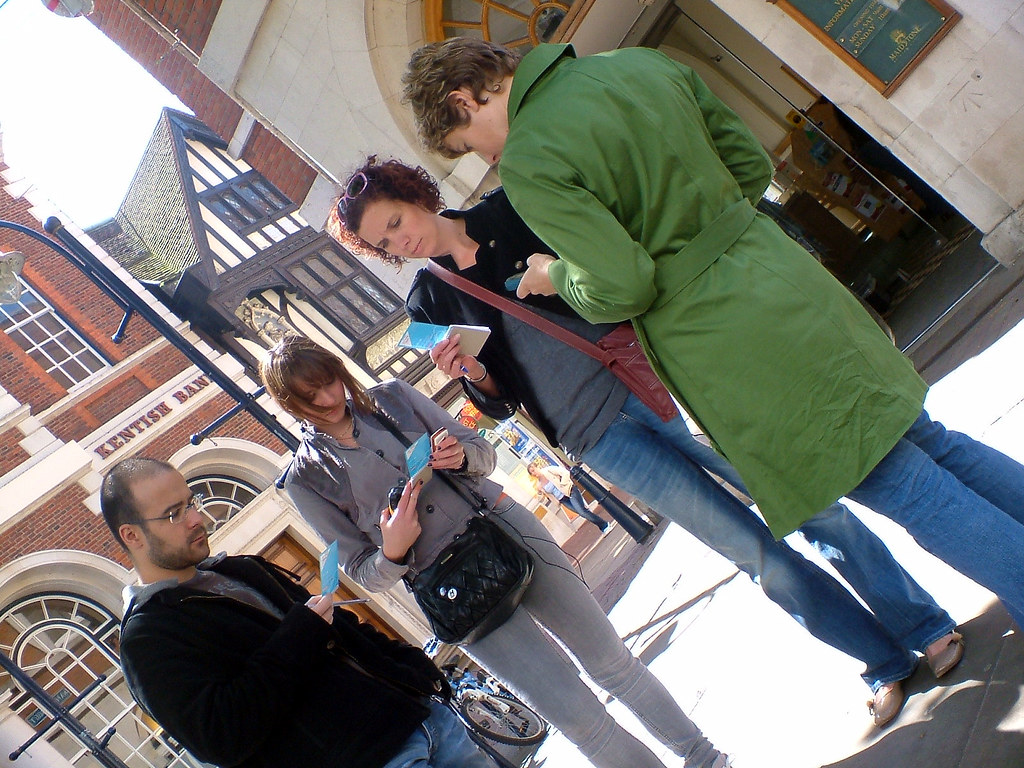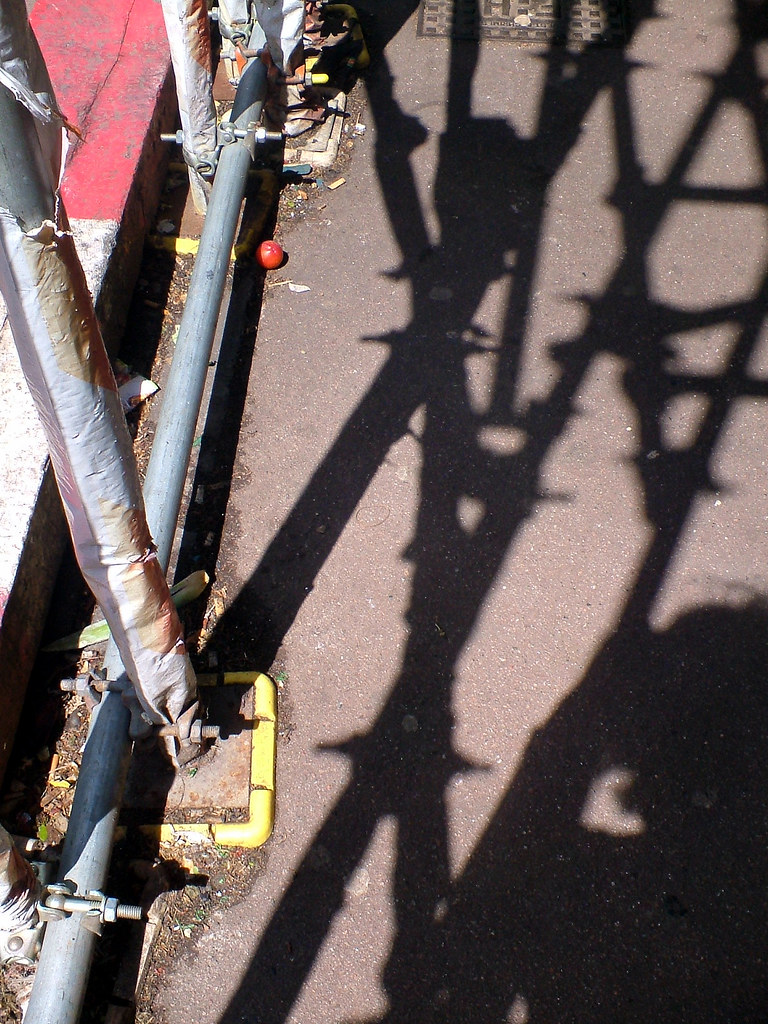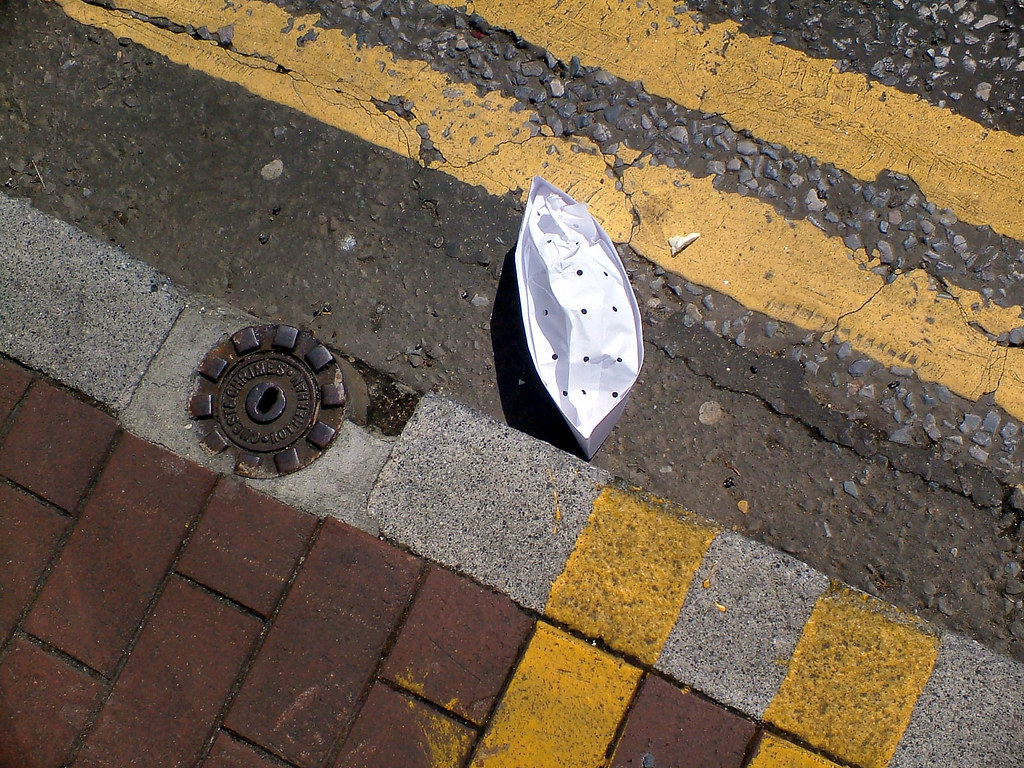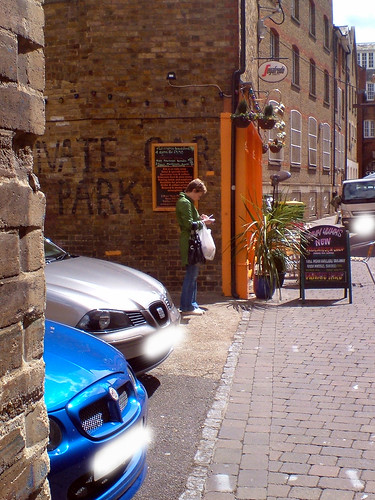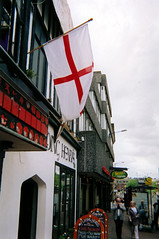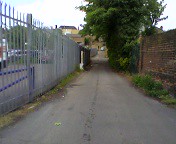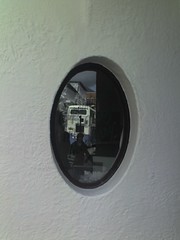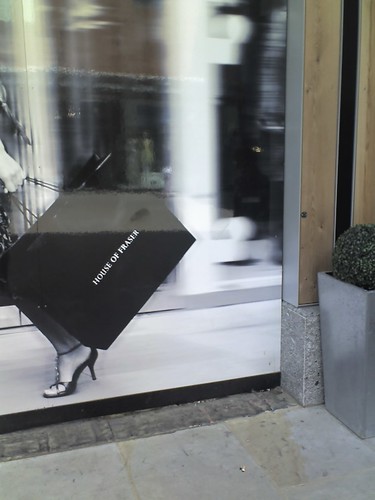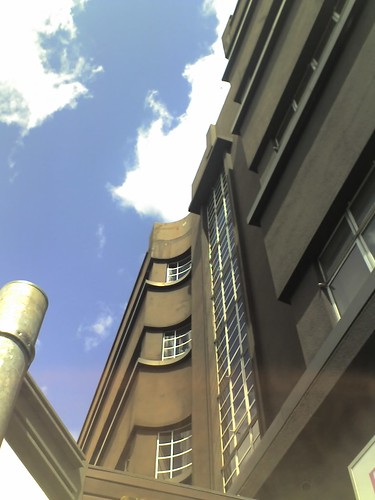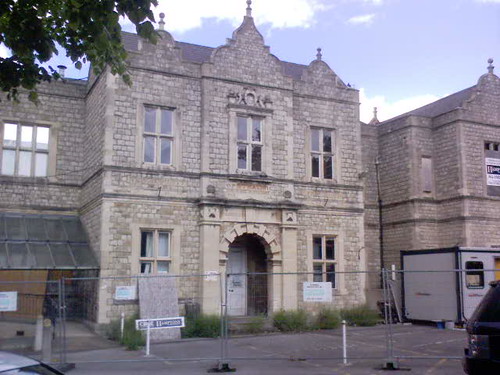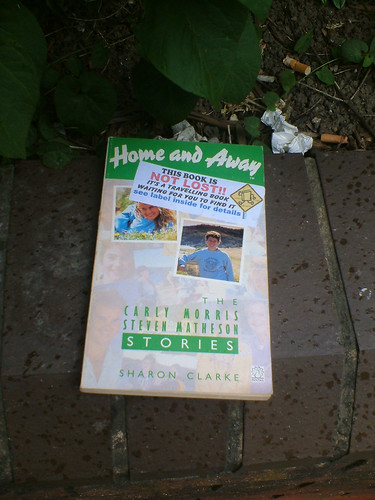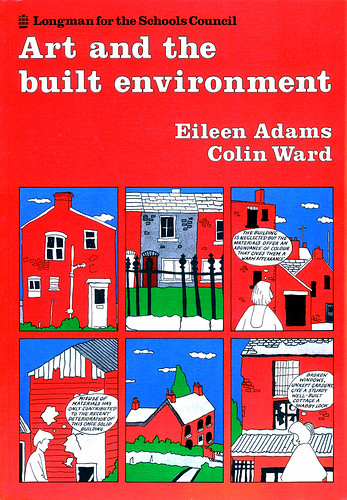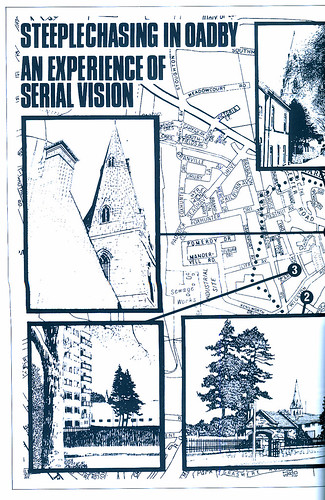



The aim of this exercise was to see how a person could discover or re-imagine a townscape by being led by archive film clips transferred to their mobile phones.
Flickering on the town hall debating chamber plasma screens the archive films appear romantic, distant, beguiling. Bulletins from another world. The challenge is to find their locations and shoot a response on the 21st century technology of the mobile phone. The graininess and jump cuts should make the formats oddly compatible.
The clips are transferred by bluetooth onto my mobile and off I go aided by a series of cryptic clues. As unfamiliar as I am with Maidstone the first isn’t much of a challenge as it clearly shows the Fremlins Brewery from 1938 and Maidstone is very proud of its new shopping precinct Fremlin Walk. Finding the location was one thing, but finding the spirit was quite a bit harder. I log a shot of the one existing part of the old brewery building – a clock arch leading to steps up to the shops. But another viewing of the clip from Sonny Hanson’s film about the Medway, ‘The Watery Trail’, clearly shows the brewery’s relationship to the river and as I wander around the shops the river is nowhere to be seen. Gavin points out that the Medway should be somewhere behind Debenhams, a brick rebuke to the river that gave birth to the town. In we go wondering whether the waterfront heritage of the site has been incorporated into the design. In the end I am forced to nudge aside re-enforced bras in the lingerie section and pull back a heavy net curtain to find a glimpse of the ‘Watery Trail’ depicted in the archive clip. I record my response as quickly as I can fearful of being nabbed as a pervert by store security.
Searching for the Fancy Dress Parade clip from 1930 I’ll confess to inside knowledge. It’s Brenchley Gardens, that much I know, and I’d wandered that way of my own accord on my first proper look round town. But how can the archive clip stimulate a renewed vision of the site. How to capture the spirit of a line-up of local craftspeople in fancy dress out for the day? After indulging in the interesting geometry of one of the fallen spires of the Houses of Parliament that found its way here following the Blitz I become aware of the teenage tribes lounging on the grass and in the bandstand. Fancy dress of a kind – the EMOs, the Goths and (I hate the word but what else do you say) the Chavs. That’s my clip – we move on quickly before they turn on us like in some B horror movie.
The shots of the bridge being built over the Maidstone Bypass in 1960 are brilliant for their capturing of the sublime beauty of iron girders. The bypass is a way up the river, but just along from Brenchley Gardens an older iron bridge provides a more than adequate response. It takes several clips to do justice to its form and relationship to the river running below but after a train trundles past into Maidstone East I feel I’ve found my Medway bridge.
I now have to climb a steep hill heading away from the town to find the vantage point depicted in the archive clip showing a fleet of buses on their way to Madrid. The titles on the original 1922 film, ‘From Maidstone to Madrid’ read, “ Spanish Authorities order – in face of keen world competition – a fleet of British built Buses, for first Bus Service in the Capital”. I’m some way up before I get to the vantage point from where my 10-second clip was shot 85 years ago, but find what I think is the exact spot. In an odd reversal there appear to be more trees now than in 1922, only one building from the original view remains.
With my circuit complete I slope back into town collecting a waterside shot of my own on the way. I send one clip to the hub by MMS which greets my on the Maidstone Video Map as I enter the Council Chambers before ‘toothing’ my remaining video-phone topographical film to a laptop for upload into the map.

